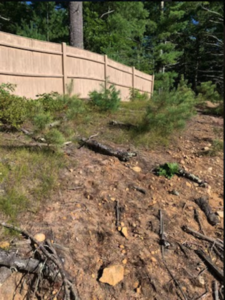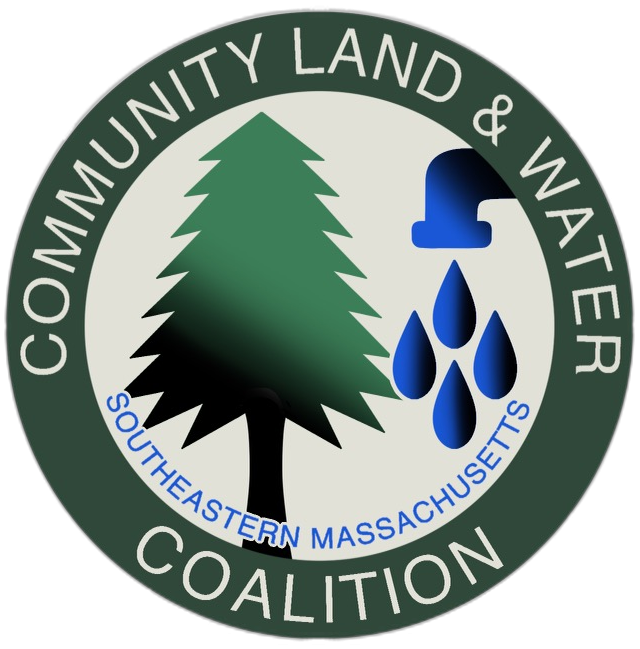Forest & Wetland Buffers
 Keeping forest buffers along property lines, wetlands, and rivers protects our water, wildlife habitat, and property values.
Keeping forest buffers along property lines, wetlands, and rivers protects our water, wildlife habitat, and property values.
State laws, municipal zoning and general bylaws typically require forested buffers of 50, 100 or 200 feet of our wetlands, lakes, rivers, and streams. Too often, municipal boards and committees ignore these rules or granted unwarranted variances. These laws are often overlooked or outright violated by private landowners.
Role of Trees
Trees play a crucial role in preventing soil erosion by holding the soil in place with their roots. Clear-cutting removes this natural protection for our surface water and can lead to soil erosion, which can harm aquatic ecosystems and degrade water quality. When the surface of water bodies becomes blanketed in sediment, it reduces the amount of sunlight reaching the water, disrupting the natural food chain by destroying the habitat where the smallest stream organisms live and causing massive declines in fish populations.
Clearing trees and stripping the land can contribute to cyanobacteria blooms in water bodies, as trees filter sediments and agricultural and yard-waste run-off into the water. Cyanobacteria is a toxic and harmful form of algae that immediately prevents people from swimming or fishing in or drinking from a source of surface water.
Clearing trees can also negatively impact the aesthetic and property values of neighboring residents, and generally degrades quality of life in a neighborhood.
Protecting wetlands and their buffer zones
In Massachusetts, municipal Conservation Commissions are charged with upholding the state Wetlands Protection Act. Most municipalities also have a local wetlands bylaw that is stricter than the state law. The local laws are an important tool in protecting our wetlands, water and wildlife. Find out more at the Massachusetts Association of Conservation Commissions.
The United States Environmental Protection Agency also protects wetlands through the Clean Water Act.
